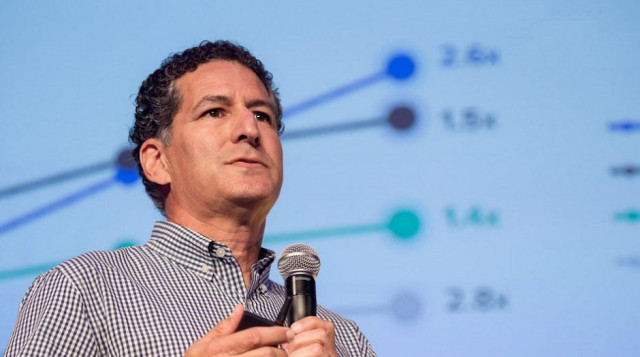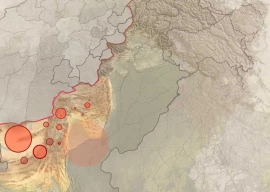
That day may be coming sooner than later as brands worldwide aggressively adopt mobile apps to engage their customers, said Al Campa, chief marketing officer of App Annie, during a presentation at Tech in Asia Tokyo 2016.
In 2015, worldwide app downloads stood at 112 billion, with Asia accounting for around 50 percent of the tally, according to App Annie data revealed by Al.
This AI assistant will help you decide what clothes to wear
This year, the intelligence platform forecasts downloads to go up to 149 billion, and Asia will make up 81 billion – or more than half of that.
The figures are projected to go even higher by 2020 – downloads by then will total 288 billion and Asia’s share will be 165 billion or almost 60 percent.
 PHOTO: APPANNIE
PHOTO: APPANNIEYet downloads “are just the beginning,” noted Al. “If you want to monetize, you have to have good usage, you have to have good engagement with your customers, and retention.”
Facebook's new Snapchat-like app only for teens
App Annie, which started in Beijing, provides rich data and insights on apps to help companies make the right business decisions. It has worked with 94 of the top 100 app publishers and more than 700,000 app professionals globally.
Al said apps are eating more and more of people’s time. “If you look at how much time we’ve spent on apps over the last two years, it’s grown over a 100 percent. This is because of the explosion in the number of devices and recent growths have come from India, Indonesia, and Vietnam.”
He said for every hour last year that people spent on their mobile devices, 51 minutes were spent in apps. That means people are spending less time in the mobile web. In the second quarter of this year, that number rose to 53 minutes of every hour, and it continues to increase, Al shared.
Subsequently, people are doing a lot more things on their devices rather than just play games.
“Time spent in communication apps has grown by over 100 percent. Time spent in social apps, by 120 percent, and time spent in media and video apps has grown by over 200 percent.”
“We also see apps evolving into new use areas,” he added.
Companies initially used apps for sales and marketing, telling you about different products and services, but they’ve now moved to other verticals such as ticket buying, media streaming, and support services.
Banking is one really interesting area, according to Al. In Europe, for example, the number of sessions in the top 10 banking apps has grown dramatically.
Syrian refugees invent app for Germany's bureaucracy maze
“What’s going on here is that banks have realized banking through mobile device is popular among people under the age of 25. If they can convince people to use mobile phones to bank, it means they need less ATMs, less branches, and less workers – which means huge cost savings for these banks,” he explained.
That’s not all. Banks are also facing rising competition from fintech startups – many of which are mobile-only. These startups are trying to disrupt banking services so the incumbents are playing catch-up.
Apart from banking, other sectors that have seen dramatic growth in app usage are fast-food restaurants and retail, Al said.
This article originally appeared on Tech in Asia.

















COMMENTS
Comments are moderated and generally will be posted if they are on-topic and not abusive.
For more information, please see our Comments FAQ